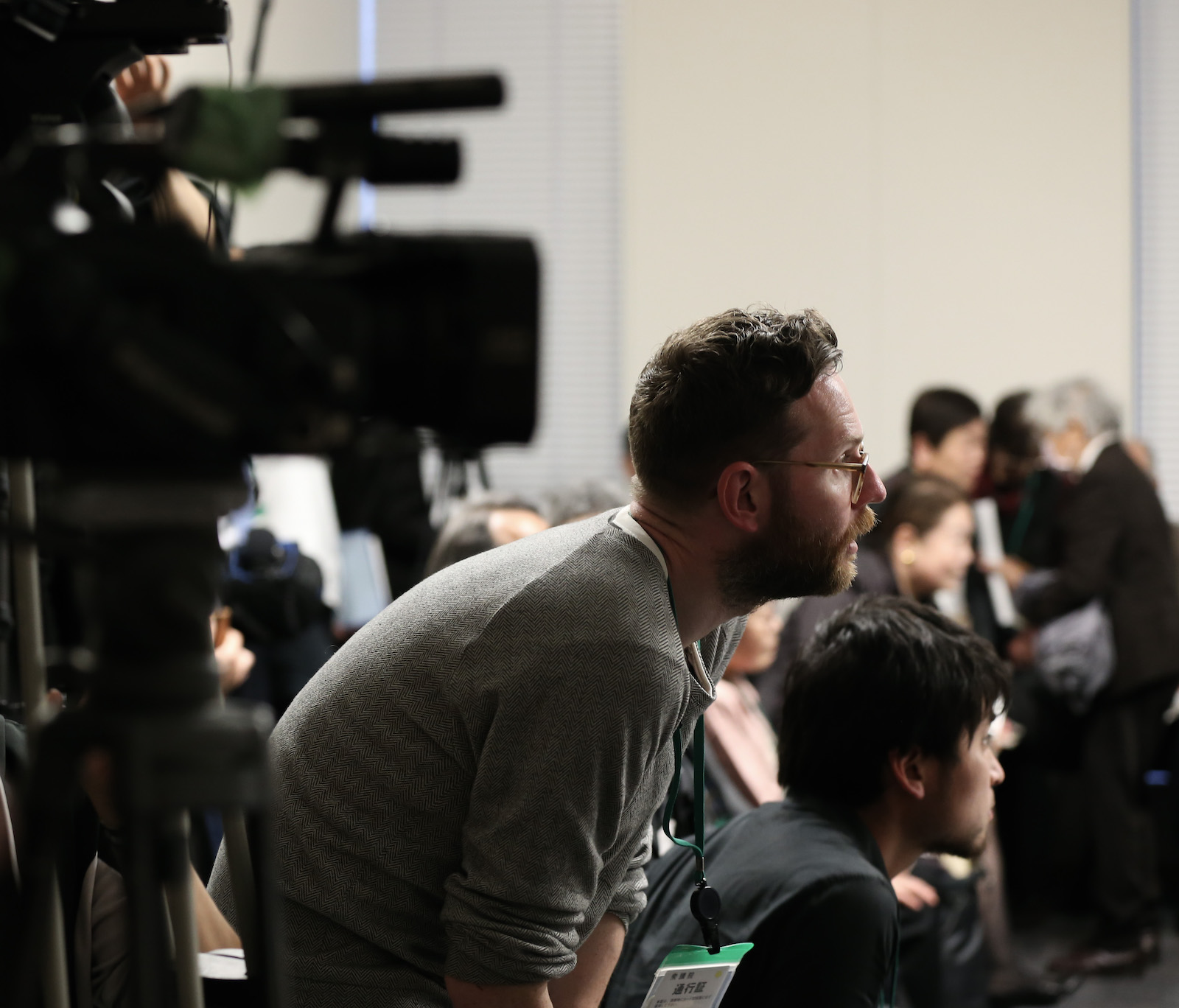It was the night of March 9th to 10th, 1945. Most of Tokyo was asleep. This was despite the present risk of bombs dropping from the sky —after all, Japan had by then been engaged for four years in the conflict that became known as World War II.
While in the midst of an uneasy slumber, the city’s residents were suddenly awoken. Flames engulfed their homes, shelters and streets. Panic set in. People sought cover where they could, many jumping into rivers in a bid to escape the savage heat.
Some 100,000 people died that night, including children. Many burnt alive where they slept. The cause? Incendiary devices were used in the raid, and Tokyo — a city largely made of wood and paper at the time — ignited like a massive bonfire.
Later, the world learned of Operation Meetinghouse, the code name of that night’s firebombing attack by the United States Army Air Forces on Tokyo. Over the years, it has been argued the attack, which also targeted civilians, was a war crime.
Today, more than 75 years after the end of WW II, few remember the firebombing of Japan’s capital, the deadliest air raid of the war (more died that night than did in the firebombing of Dresden, Hamburg or Nagasaki, by comparison).
But that is changing, thanks to a group of survivors who are lobbying the government to give the event the recognition they feel it deserves — and thereby ensure they are remembered. Their struggle is the focus of a new documentary titled “Paper City.”
Made by Australian filmmaker Adrian Francis, “Paper City” features three main survivors from the attack: Michiko Kiyooka, Hiroshi Hoshino and Minoru Tsukiyama. Now seniors, they were 21, 14, and 16 years old, respectively, back in 1945.
“You know, if you visited New York, you might go to the 911 Memorial, right? Or the same with Hiroshima, or Berlin: there’s something as part of the story of the city and what it endured in its darkest hour,” Francis says, referring to the National September 11 Memorial & Museum in New York, the Hiroshima Peace Memorial and the Kaiser Wilhelm Memorial Church in Berlin. Each memorializes particularly horrific events in their respective city.
And yet for Kiyooka, Hoshino, Tsukiyama and their fellow survivors and campaigners, there is nothing of the kind — or scale — to commemorate the firebombing of Tokyo.
Rather, “There is a place by Ryogoku Station. There was a memorial there built after the Great Kanto Quake of 1923 (over 100,000 people died at that event),” Francis explains. “They changed the name to Tokyo Memorial Hall, a kind of nondescript name that nobody knows. If I you ask anybody today, they wouldn’t know what it is or what it’s for.”
The Tokyo Memorial Hall commemorates victims of the 1923 earthquake as well as those of Operation Meetinghouse. While acknowledging its significance, campaigners are calling for a memorial dedicated solely to the firebombing of 1945.
What’s more, they are seeking compensation from the government of Japan for the many civilian casualties of the raid, something that families of Japanese soldiers who perished in the war have received, the campaigners note.
Adrian Francis on the set of “Paper City” Photo: Adrian Francis
Ultimately, they — and Francis himself — are driven by a desire to tell their story of survival and perseverance, and to pass their experience on to the next generations. Indeed, most survivors have died, and those remaining are in their 70s or older.
“Paper City” opens a new window into the lives of people who, ordinarily, you would walk past on the streets without butting an eyelid. Francis subtly shows their struggle for recognition, allowing their fierce determination and warm personalities to shine.
Instead of overwhelming the audience in an avalanche of gruesome facts and figures of the firebombing (though he doesn’t shy from that entirely), he choses, rather, to introduce the tragedy through the personal voice of each living survivor.
One of the enduring takeaways of the documentary, something that audiences around the world have remarked upon, is the steely determination and dignity of the survivors, many of whom, despite failing health, have campaigned for decades — and taken the government to task.
Their David-vs-Goliath struggle is prefaced at the very start of the movie: “I decided to open the film with a quote from Milan Kundera. It says, ‘The struggle of man against power is the struggle of memory against forgetting.’ So this is really, for me, the big takeaway of the film,” Francis points out.
Finding distribution was a challenge for someone with no experience in or connection to that side of the industry. “I spent quite a lot of time last year reaching out to distribution companies and theaters. In the end, making a deal directly with a theatre was the best way for us to get the film seen in Tokyo. Image Forum have treated us very well in giving us four screenings a day. And we’re grateful that other small cinemas around the country are starting to give us a chance — in Osaka and Ueda City in Nagano, but with future possible screenings in other major cities.”
An award-winning film made with an intimacy that speaks volumes to the level of trust between subject and director, “Paper City” does a remarkable job of capturing the stories of survivors before their time runs out, ensuring their experiences will not be forgotten.
“Paper City” (with English subtitles) is currently showing at Theatre Image Forum in Shibuya. After that, it will be shown in Osaka from March 11 and Nagano at Ueda Eigeki from April 1.
- External Link
https://papercityfilm.com/
© Japan Today

